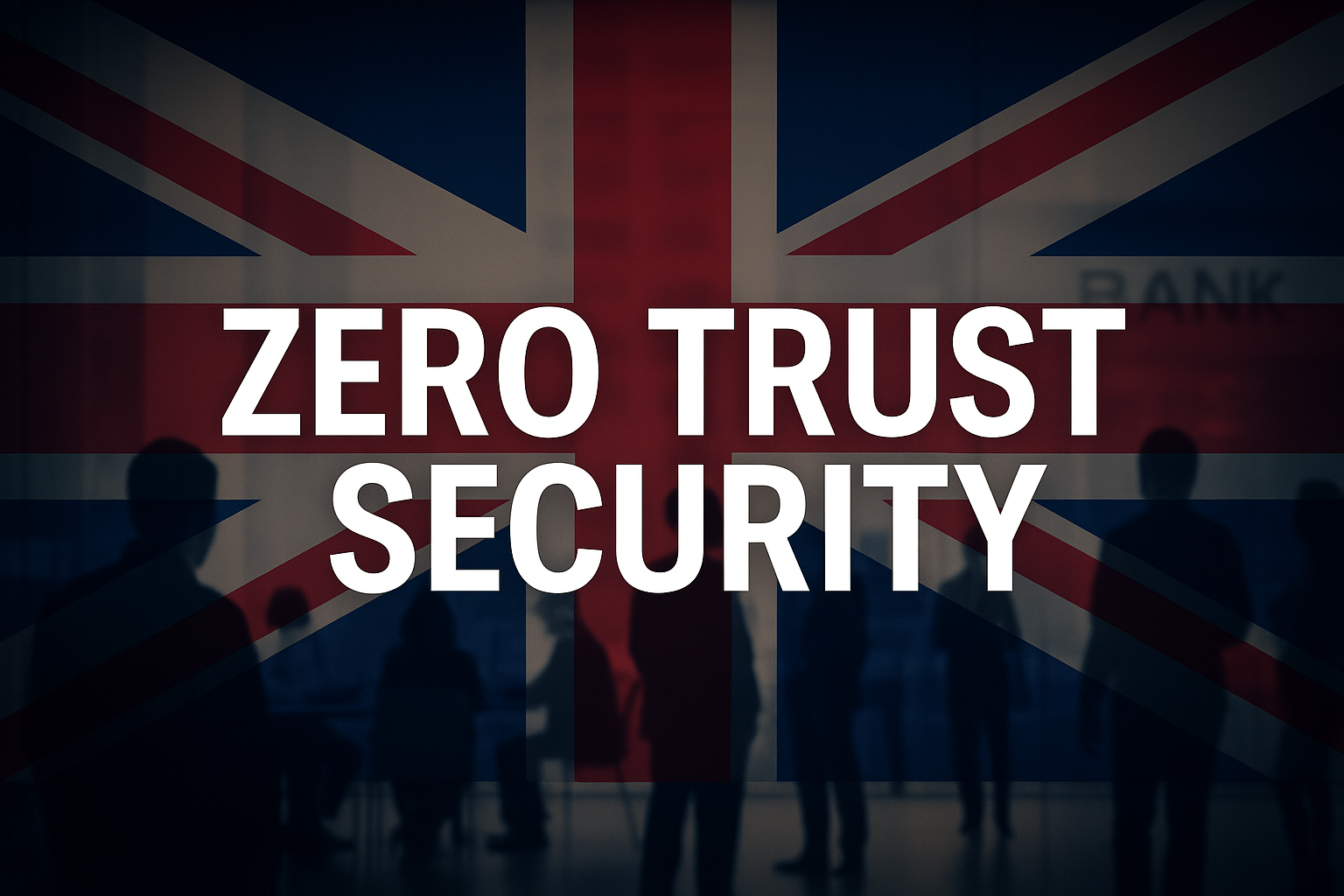Zero Trust Security: Why UK Businesses Can’t Ignore It in 2025

🔐 A New Era of Digital Security in the UK
In a rapidly evolving digital landscape, traditional cybersecurity models are no longer enough. The rise of remote work, cloud services, and AI-driven attacks has exposed a critical flaw in old systems — they assume trust once a user or device is inside the network.
That’s where Zero Trust Security comes in.
As the Best Digital Marketing Consultant and Cybersecurity Expert in the United Kingdom, I, Abdul Basit, help businesses adapt modern security frameworks that protect not just networks — but reputations and client trust.
🚨 What Is Zero Trust Security?
The Zero Trust model is based on a simple but powerful idea:
Never trust, always verify.
It means every user, device, and application must be authenticated and authorized continuously — regardless of whether they are inside or outside the organization’s network.
Unlike traditional perimeter-based models, Zero Trust assumes that threats can come from anywhere — even inside your company.
💼 Why UK Businesses Need Zero Trust in 2025

The UK has become one of Europe’s biggest targets for cybercrime. According to the UK Government’s Cyber Security Breaches Survey 2024,
- 60% of medium-sized businesses reported cyber incidents,
- 40% of these led to data loss or financial damage.
With increasing reliance on cloud-based systems, hybrid work models, and third-party vendors, implementing Zero Trust Security is no longer optional — it’s a necessity.
⚙️ The Core Principles of Zero Trust Security
Zero Trust isn’t a single product or tool — it’s a strategic framework. It consists of six main pillars:
1. Identity Verification
Every user must prove who they are through multi-factor authentication (MFA) and continuous identity monitoring.
2. Device Security
Every device — laptop, mobile, or IoT — must meet strict security requirements before accessing company data.
3. Least Privilege Access
Users only get the access they need — no more, no less. This limits lateral movement if an account is compromised.
4. Micro-Segmentation
The network is divided into smaller sections to isolate threats and prevent full-system breaches.
5. Continuous Monitoring
User activity is tracked in real time to detect suspicious behavior before damage occurs.
6. Incident Response Automation
AI and analytics help detect, respond, and recover from attacks faster than human teams alone.
🧠 Real-World Example: Zero Trust in Action
Imagine a marketing agency in London managing multiple client accounts. A hacker breaches one employee’s email credentials.
Under a traditional security setup, that attacker could move laterally — accessing client files, ads accounts, and sensitive contracts.
With Zero Trust, the breach would be contained immediately because:
- The compromised device would lose access,
- The system would flag unusual logins,
- The user’s session would be terminated.
Result: minimal damage, zero downtime.
📊 Benefits of Adopting Zero Trust for UK Businesses
- Enhanced Data Protection – Protects sensitive business and client information from internal and external threats.
- Improved Regulatory Compliance – Meets UK GDPR, Cyber Essentials, and ISO 27001 requirements.
- Reduced Breach Impact – Stops attackers from moving freely across systems.
- Better Visibility – Gives IT teams control and monitoring over every user and device.
- Customer Confidence – Builds trust by proving your company values data privacy and protection.
⚠️ Common Challenges When Adopting Zero Trust
While effective, Zero Trust implementation comes with challenges — especially for small to medium UK businesses:
- Legacy systems not designed for Zero Trust
- Limited cybersecurity expertise in-house
- Resistance to cultural change
- Integration issues between new and old tools
That’s why consulting with an expert is essential.
At AbdulBasit.pro, I help UK companies transition smoothly with step-by-step guidance, training, and secure technology implementation.
🧩 How to Start Implementing Zero Trust Security
Here’s how UK businesses can begin:
- Assess Current Security Posture
Identify where trust is assumed within your network. - Adopt MFA Across All Systems
Make multi-factor authentication mandatory for all employees. - Classify and Protect Data
Identify sensitive data and limit who can access it. - Segment Your Network
Create zones for internal and external users. - Monitor Everything
Use analytics to detect unusual patterns or logins. - Educate Your Employees
Zero Trust is not just about tools — it’s about people and awareness.
🧭 The Role of Cybersecurity Experts in Zero Trust Implementation
Transitioning to Zero Trust can be complex. Partnering with experienced consultants ensures:
- Seamless integration with existing systems
- Employee training on security best practices
- Compliance with NCSC and UK GDPR standards
- Continuous monitoring and improvement
As a Cybersecurity Specialist in the United Kingdom, I work closely with clients to design tailored Zero Trust frameworks that fit their size, budget, and goals.
🔗 External References
- UK NCSC – Zero Trust Architecture Principles
- IBM Zero Trust Framework
- Microsoft Zero Trust Deployment Guide
🧩 Final Thoughts
Cyber threats in 2025 are more advanced than ever — and no UK business, regardless of size, is immune.
Zero Trust Security isn’t a trend; it’s the foundation of modern protection. It keeps data safe, customers confident, and businesses compliant.
If you’re ready to secure your business and build a safer digital future —
connect with Abdul Basit, the Best Digital Marketing Consultant and Cybersecurity Expert in the United Kingdom.
An has alterum nominavi. Nam at elitr veritus voluptaria. Cu eum regione tacimates vituperatoribus, ut mutat delenit est.
An has alterum nominavi. Nam at elitr veritus voluptaria. Cu eum regione tacimates vituperatoribus, ut mutat delenit est.